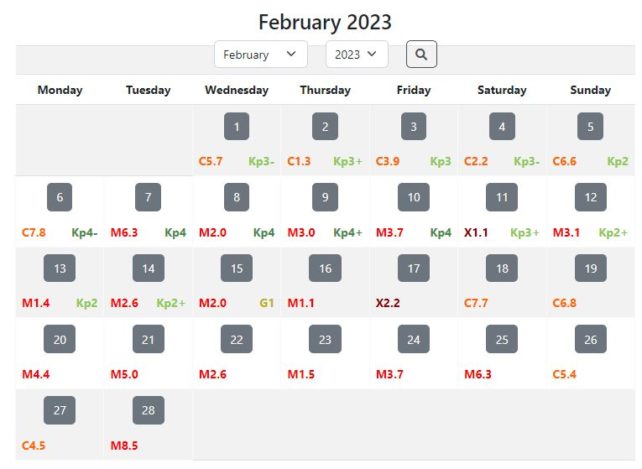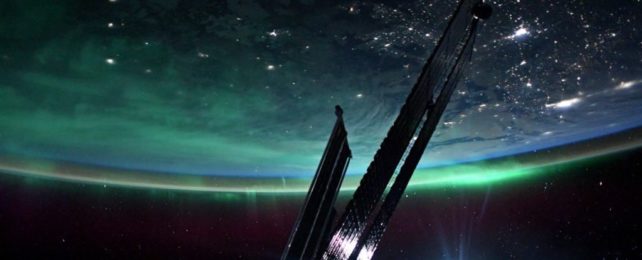The Sun has been on an absolute wild roll lately, and one of the results of its continued activity is some spectacular aurora activity.
The last days of February were marked by bands of green light undulating across the high latitude skies. But those of us down on the planet's surface weren't the only ones to enjoy these stunning light-shows.
Hundreds of kilometers above our planet, astronauts were also enjoying the rare sight of the auroras from a unique perspective.
Images from astronauts Josh Cassada of NASA and Koichi Wasada of the Japan Aerospace Exploration Agency aboard the International Space Station show the auroral lights gleaming green against the natural golden glow of Earth's sky at night.
Absolutely unreal. pic.twitter.com/pah5PSC0bl
— Josh Cassada (@astro_josh) February 28, 2023
Earth's sky is never completely dark, not even at night, even once you've extracted all the contributions from light pollution, starlight, and diffuse sunlight.
At night, this soft radiance is called nightglow, and it occurs when molecules broken apart by solar radiation during the day recombine, releasing their excess energy in the form of photons. Nightglow is there all the time.
Spectacular view of aurora, city lights, the Moon, sun rise, and ISS solar panels over Canada in one frame! pic.twitter.com/wyNHNDDc00
— Koichi Wakata 若田光一 (@Astro_Wakata) February 28, 2023
Aurora, by contrast, is more situational. It occurs when particles from the solar wind slam into Earth's magnetic field, and are whisked away, accelerated along magnetic field lines to high latitudes close to the north or south poles, where they rain down into the upper atmosphere. There, they interact with atmospheric particles; these interactions generate the dancing green lights that shimmer across the sky.
The Sun is always emitting gusts of charged particles; however, it's only when the wind is particularly strong, following a solar outburst, that there's enough interactions to produce visible lightshows, sometimes down as far as the mid-latitudes.
Being particularly active in the last year or two, the Sun has been spitting out a high number of powerful flares as it moves towards the peak of its normal, 11-year activity cycle.

The month of February was an exciting one, with several powerful M- and X-class flares – the most powerful categories of flares our Sun emits.
Although the current cycle is significantly stronger than official predictions, the Sun's activity is still within a relatively normal range, so there's nothing particularly worrisome about its behavior. A particularly powerful flare can unleash a geomagnetic storm that can disrupt satellite and radio communications, and damage power grids. Nothing like that appears to be on the immediate horizon.

However, it looks like we might be headed into an absolutely bumper aurora season. Keen aurora chasers can stay abreast of predictions on the NOAA's Space Weather Prediction Center, and the Australian Bureau of Meteorology's aurora forecast for the southern hemisphere.
